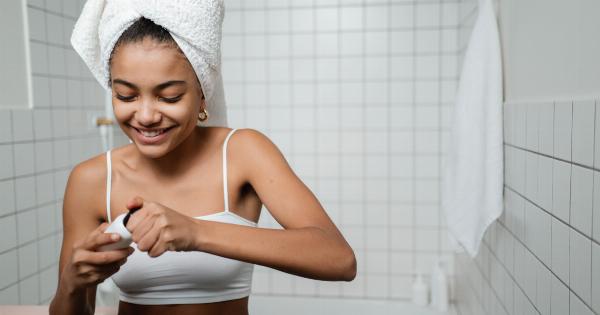Shaving the bikini area can often lead to unsightly pimples and irritation. This can be caused by various factors such as ingrown hairs, razor burn, and bacterial growth.
However, with the right techniques and skincare regimen, you can effectively prevent and treat bikini area pimples post-shave. In this article, we will explore ten effective ways to achieve smoother, blemish-free skin in your bikini area.
1. Choose the Right Razor
One of the key factors in preventing bikini area pimples is selecting the right razor. Opt for a razor specifically designed for sensitive skin, preferably one with multiple blades and a moisturizing strip.
Using a dull razor or an old one can increase the chances of irritation and ingrown hairs.
2. Exfoliate Regularly
Exfoliation plays a crucial role in preventing bikini area pimples. Gently exfoliate the area before shaving to remove dead skin cells and help lift any trapped hairs. This will reduce the likelihood of ingrown hairs and promote smoother skin.
3. Use a Shaving Cream or Gel
Always use a shaving cream or gel when shaving the bikini area. This helps to create a protective barrier between the razor and your skin, minimizing the risk of irritation.
Look for a shaving product that contains natural moisturizing ingredients, such as aloe vera or coconut oil.
4. Shave in the Right Direction
The direction in which you shave can impact the likelihood of developing pimples or ingrown hairs. Shave in the direction of hair growth to minimize irritation and reduce the chances of hair becoming trapped beneath the skin’s surface.
5. Don’t Shave Too Close
Avoid shaving too close to the skin, as this can increase the risk of irritation and ingrown hairs. Leave a small amount of hair above the skin’s surface for a buffer. This will also help prevent the hair from curling back into the follicle.
6. Rinse with Cold Water
After shaving, rinse your bikini area with cold water. This helps to close the skin’s pores and reduce the chances of bacteria entering follicles. Cold water also provides relief from any potential razor burn or itching.
7. Apply a Soothing Aftershave or Moisturizer
After rinsing, apply a soothing aftershave or moisturizer specifically formulated for the bikini area. Look for products that contain ingredients like witch hazel or tea tree oil, known for their anti-inflammatory and soothing properties.
These products will help calm the skin and prevent pimples from forming.
8. Avoid Tight Clothing
Wearing tight clothing immediately after shaving can cause friction and irritation. Opt for loose, breathable fabrics to allow your skin to breathe and reduce the chances of pimples emerging. This will also help prevent ingrown hairs.
9. Skip Fragranced Products
Avoid using heavily fragranced products on your bikini area, such as scented lotions or perfumes. Fragrances can irritate the skin and increase the chances of breakouts. Opt for unscented or hypoallergenic products instead.
10. Maintain a Regular Skincare Routine
To prevent future bikini area pimples, it’s essential to maintain a regular skincare routine. Cleanse the area gently with a mild, unscented cleanser and moisturize daily. This will keep your skin healthy and less prone to pimples and irritation.
Conclusion
By following these ten effective ways to prevent and treat bikini area pimples post-shave, you can achieve smoother, blemish-free skin.
Remember to choose the right razor, exfoliate regularly, use a shaving cream or gel, shave in the right direction, and avoid shaving too close. Rinse with cold water, apply a soothing aftershave or moisturizer, and avoid tight clothing and fragranced products. Lastly, maintain a regular skincare routine to keep your bikini area healthy and pimple-free.































